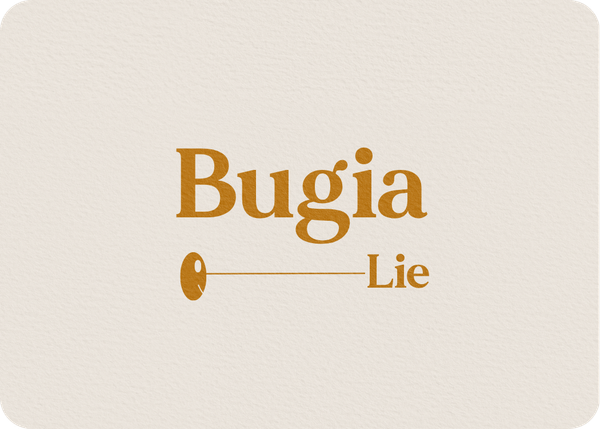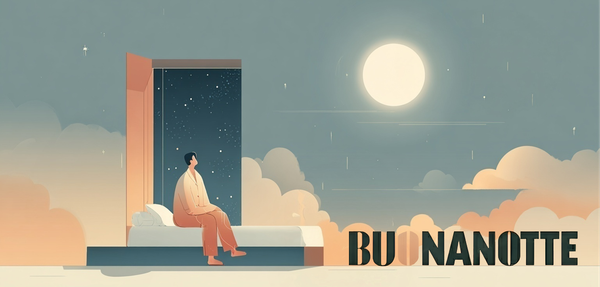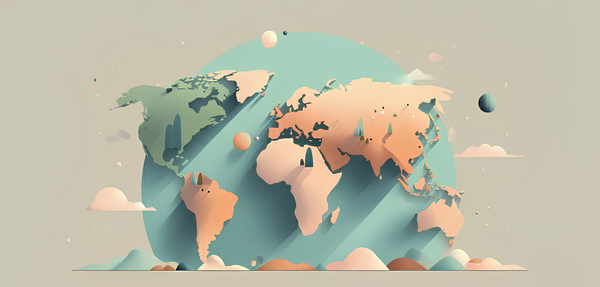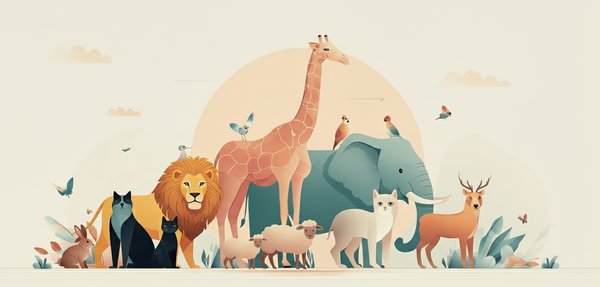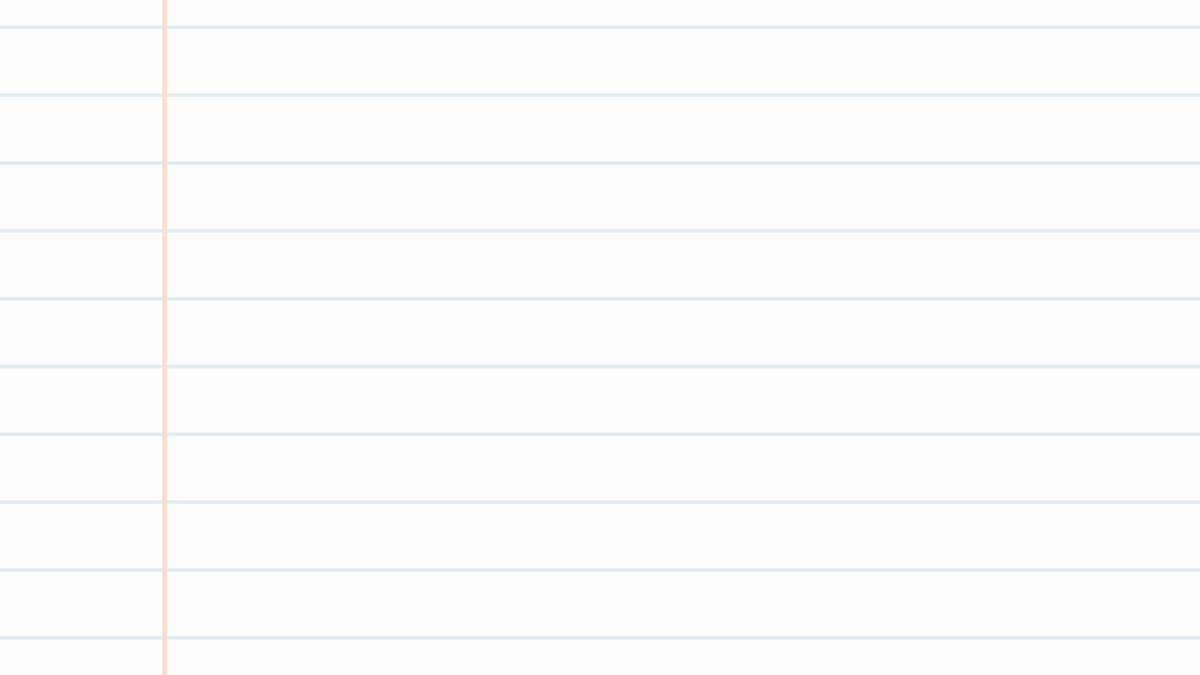Bugia
NOUN [feminine]
Meaning and English translation 🔖
Lie
🇬🇧 A false statement made intentionally to deceive or hide the truth.
🇮🇹 Affermazione falsa fatta intenzionalmente per ingannare o nascondere la verità.
| Masculine ♂️ | Feminine ♀️ | |
|---|---|---|
| Singular | - | la - una bugia |
| Plural | - | le - delle bugie |
Example sentences 💬
Ha detto una bugia per evitare di ferire i sentimenti del suo amico.
He told a lie to avoid hurting his friend's feelings.
Dire una bugia può sembrare facile, ma vivere con essa è difficile.
Telling a lie may seem easy, but living with it is difficult.
Le bugie di Marco hanno finito per danneggiare la sua reputazione.
Marco's lies ended up damaging his reputation.
Non riesco a sopportare le bugie, preferisco sempre la verità.
I can't stand lies, I always prefer the truth.
This article is brought to you by Giulia School, where you can learn Italian the natural way—with real conversations and passionate teachers guiding you every step of the journey. It’s the closest thing to immersion you can get without living in Italy. Click here to learn more.
Idioms with bugia 🇮🇹
Dire una bugia
→ To tell a lie
Marco ha detto una bugia per evitare di ferire i sentimenti di sua madre.
Marco decided to tell a lie to avoid hurting his mother's feelings.
Una montagna di bugie
→ A pack of lies
La sua storia era una montagna di bugie, nessuno gli ha creduto.
His story was a pack of lies, nobody believed him.
Le bugie hanno le gambe corte
→ Lies have short legs (meaning they don't get far before being discovered)
È inutile mentire: le bugie hanno le gambe corte.
Lying is pointless: it's easy to catch a liar.
Where does the word bugia come from? 🔎
Bugia comes from the Provençal bauzia, which itself has Germanic origins, related to the German böse meaning "bad".
Did you know that... 🤓
Impress your italian friends with curious facts about Italy and its culture
Pinocchio's lies: 10 (plus one) surprising differences between Collodi and Disney

Yesterday, I was at the Treccani library, where they were presenting a new book about Pinocchio. And when you talk about Pinocchio, you can't help but think about lies, and vice versa.
But have you ever wondered how different the original Pinocchio by Carlo Collodi is from the one we've seen in the famous Disney film? Here are the 10 main differences I found:
- The Talking Cricket: In Collodi's novel, Pinocchio kills the Talking Cricket by throwing a hammer at him because he's annoyed by his warnings. However, the Cricket returns as a ghost to continue guiding Pinocchio. In the Disney film, the Cricket becomes his faithful companion and moral guide, even narrating the story and helping Pinocchio distinguish between right and wrong. In the Disney version, the Cricket is a more likable and central character.
- Pinocchio's Origin: Collodi introduces Pinocchio as a magical piece of wood showing signs of life even before being carved, although it doesn't speak. Geppetto receives this wood from Master Cherry and transforms it into a lively and rebellious puppet. In Disney, Geppetto carves the puppet, and the Blue Fairy brings it to life after Geppetto makes a wish upon a star.
- The Temptations: In the book, Pinocchio is often lazy and rebellious by choice, preferring fun to school and work. In the Disney film, however, he is naive and is deceived by others, like the Cat and the Fox, who convince him to follow the wrong path. The Disney version presents Pinocchio as a more innocent character.
- Mangiafuoco (Fire Eater): In the novel, Mangiafuoco is a complex character who eventually feels compassion and helps Pinocchio, giving him gold coins for Geppetto. In the Disney film, however, he is a greedy and heartless antagonist who sees Pinocchio only as an opportunity to make money, locking him in a cage. Disney's portrayal of Mangiafuoco is more superficial and more hostile.
- The Blue Fairy: Collodi presents her as a stern but loving mother figure who takes on different roles in Pinocchio's life, from sister to mother. In Disney, she is an ethereal presence who grants wishes and intervenes only at crucial moments, representing a divine and distant figure, similar to a "fairy godmother."
- The Land of Toys: In the novel, the Land of Toys is a severe punishment, where Pinocchio undergoes a painful and humiliating transformation into a donkey. In the Disney film, it's a temptation that Pinocchio must overcome, with a quicker and less dramatic transformation.
- The Transformation into a Donkey: In Collodi, the transformation is more prolonged and more painful, with Pinocchio suffering public humiliation. Disney makes it shorter and less dramatic, focusing on adventure and escape. This difference reflects the lighter tone of the Disney film.
- The Adventures: Collodi includes darker episodes, such as hanging and forced labor, which show the consequences of Pinocchio's bad choices. Disney, instead, focuses on lighter adventures, eliminating many of the darker episodes to adapt the story for a young audience.
- The Ending: In the novel, Pinocchio becomes a real boy after learning the importance of work and responsibility through a journey of inner growth. In the Disney film, the change happens through sacrifice and redemption, culminating in a miraculous transformation. Disney emphasizes the power of redemption.
- Work Ethic: Collodi emphasizes the importance of work and responsibility, with Pinocchio learning to earn a living. Disney highlights courage and goodness, with Pinocchio becoming a real boy through acts of heroism. The moral message in Disney is more straightforward and more accessible.
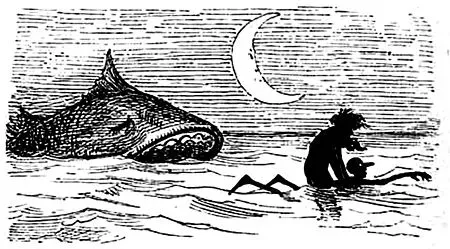
Bonus: In Collodi's novel, no famous whale swallows Pinocchio and Geppetto. Instead, the story features a shark, an equally menacing creature but different from the Disney representation.

